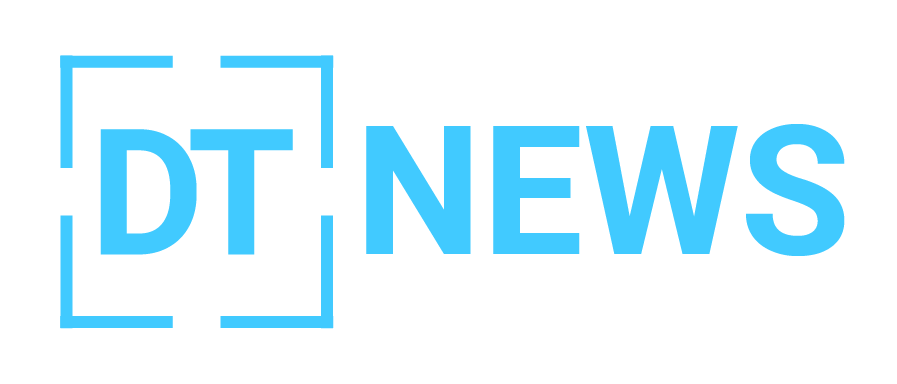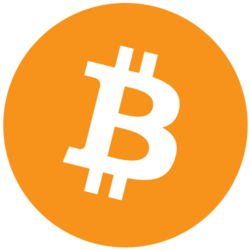Based on reports, as institutional DeFi keeps expanding, one fundamental TradFi building block is conspicuously absent and this is fixed income products. Allegedly, Treehouse CEO Brandon Goh states that this missing piece could be the secret to mass Decentralized Finance adoption and institutional investor participation.
- The Challenge: Institutional DeFi Lacks a Standardized Benchmark Rate
- Treehouse’s Vision: Bringing Fixed Income to Decentralized Finance
- The Role of Institutional Investors in the Future of DeFi
- Conclusion: Could Fixed Income Unlock DeFi’s Full Potential?
- FAQs
- 1. Why is fixed income important for Decentralized Finance?
- 2. How does Treehouse plan to introduce fixed-income products?
- 3. What are the biggest challenges in bringing fixed income to Decentralized Finance?
- 4. How could fixed income drive institutional Decentralized Finance adoption?
- References
- Glossary
On a recent Hashing It Out podcast, Goh discussed how DeFi has made great progress with products like decentralized exchanges (DEXs) and lending protocols but lacks a stable income-generating component like bonds and savings accounts in TradFi. Until fixed-income instruments are present, institutions cannot have confidence and enter the DeFi market at scale.
“Fixed income forms the backbone of traditional finance, yet DeFi lacks this essential component. Bridging this gap could open the doors for mass institutional adoption.” – Brandon Goh, CEO of Treehouse
The Challenge: Institutional DeFi Lacks a Standardized Benchmark Rate
One of the biggest hurdles in bringing fixed income to institutional Decentralized Finance is the absence of benchmark interest rates, similar to the London Interbank Offered Rate (LIBOR) in TradFi. These rates offer a conventional pricing convention, enabling financial institutions to determine risks and returns.
In the absence of a decentralized equivalent of LIBOR, it becomes very difficult to scale fixed-income products on DeFi platforms, Goh stated.
Why Does This Matter?
- Traditional investors rely on fixed rates to forecast yields.
- Decentralized Finance lacks transparency in pricing without a benchmark.
- Unstable yields are discouraging institutional adoption.
To get beyond this, Goh calls for the establishment of an on-chain benchmark, a Decentralized Offered Rate (DOR) that will be capable of providing the transparency and predictability required to bring in larger financial players.

Treehouse’s Vision: Bringing Fixed Income to Decentralized Finance
Treehouse, co-founder of Goh’s Decentralized Finance analytics and yield management platform, is working hard to introduce fixed income into decentralized finance. The project aims to combine stable, predictable returns with the flexibility of blockchain technology.
How Treehouse Is Solving the Problem:
- Yield-Generating Products – Providing stable returns for decentralized finance users.
- Risk Management Tools – Offering institutional-grade analytics.
- Transparent Interest Rates – Creating an on-chain benchmark rate (DOR) to enable more efficient pricing models.
By introducing anticipated returns through structured fixed-income products, Treehouse seeks to eliminate volatility concerns, making DeFi a more attractive and safer place for institutional investors.
“To fill the gap, we require stability and transparency. Our strategy makes DeFi available to serious investors seeking long-term, sustainable returns.” – Brandon Goh
The Role of Institutional Investors in the Future of DeFi
As Decentralized Finance expands, institutional players remain wary of committing completely, mainly due to regulatory uncertainty and excessive volatility. However, Goh believes that fixed income can be the entrant that convinces them to enter the crypto space.
What Would Spur Institutional Adoption?
- Stable DeFi income streams – Less reliance on speculative tokens.
- Clear regulatory frameworks – Avoiding compliance hazards.
- More effective DeFi infrastructure – Ensuring security and liquidity.
As implied by Goh, institutions could first adopt risk-reduced DeFi offerings like staking or fixed-yield products before fully engaging in advanced yield farming techniques.
“Once DeFi provides the same financial predictability as traditional markets, institutional investors will have fewer reasons to stay out.” – Brandon Goh

Conclusion: Could Fixed Income Unlock DeFi’s Full Potential?
Decentralized Finance’s rapid expansion has revolutionized financial services, yet its lack of fixed-income products has hindered institutional adoption. By tackling benchmarking challenges and offering stable yield-generating instruments, Treehouse’s approach could provide the financial predictability that institutions demand.
As regulatory confidence grows and investment platforms like Treehouse get on board, providing structured products, fixed income could be at the vanguard of the next phase of Decentralized Finance expansion. And if it can make it work, that could turn decentralized finance into an even more resilient, mainstream-style system—constructing a bridge from crypto-born users to traditional institutions.
Stay updated with Deythere as we’re available around the clock, providing you with updated information about the state of the crypto world.
FAQs
1. Why is fixed income important for Decentralized Finance?
Fixed income provides predictable and stable returns, making DeFi more attractive to institutional investors who need lower-risk financial instruments.
2. How does Treehouse plan to introduce fixed-income products?
Treehouse is combining TradFi fixed-income models with DeFi’s flexibility, offering structured yield-generating products and working on a decentralized benchmark rate (DOR) for market stability.
3. What are the biggest challenges in bringing fixed income to Decentralized Finance?
The absence of standardized benchmark rates, like LIBOR in traditional finance, leads to unpredictable yield fluctuations that deter long-term investors. Additionally, regulatory uncertainty hinders institutional adoption and slows progress in the space.
4. How could fixed income drive institutional Decentralized Finance adoption?
By providing stable returns, clear risk management, and transparency, fixed income products could reduce volatility concerns and make DeFi appealing to traditional investors.
References
Glossary
Fixed Income Products – Financial instruments that provide stable and predictable returns, such as bonds and savings accounts.
Decentralized Offered Rate (DOR) – A proposed benchmark rate for DeFi, similar to LIBOR in traditional finance, to bring standardization and pricing efficiency.
DeFi Yield Farming – A strategy where users lend or stake assets to earn rewards, often with high but fluctuating returns.
Institutional Investors – Large financial firms, such as hedge funds, banks, and pension funds, that manage significant capital.
Disclaimer
This article is for informational purposes only and should not be considered financial advice. Cryptocurrency investments are highly volatile, and readers should conduct their own due diligence before making investment decisions.




















































































































